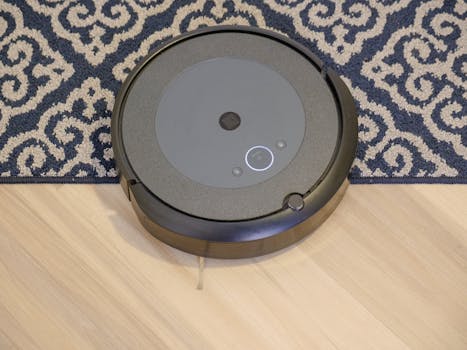
Smart Homes and Smart Living: The Technological Transformation of European Homes by 2025
Smart Homes and Smart Living are revolutionizing the way we live, work, and interact with our living spaces. With the increasing demand for convenience, comfort, and energy efficiency, European homes are undergoing a significant technological transformation. By 2025, it is expected that the majority of European homes will be equipped with smart home technology, changing the way we experience our daily lives.
Introduction to Smart Homes
Smart homes refer to the integration of technology and automation in residential settings. This includes the use of sensors, cameras, and other devices to monitor and control various aspects of the home, such as lighting, temperature, security, and entertainment. The primary goal of smart homes is to create a comfortable, convenient, and energy-efficient living space that adapts to the needs and preferences of its occupants.
Key Features of Smart Homes
Some of the key features of smart homes include:
- Home Automation: The ability to control and monitor various devices and systems in the home remotely, using a smartphone or voice commands.
- Energy Efficiency: Smart homes are designed to optimize energy consumption, using advanced sensors and algorithms to minimize waste and reduce energy bills.
- Security and Surveillance: Smart homes often include advanced security systems, such as motion detectors, cameras, and alarm systems, to protect occupants and deter intruders.
- Entertainment and Leisure: Smart homes can integrate entertainment systems, such as streaming devices, gaming consoles, and smart TVs, to create a seamless and immersive experience.
The Impact of Smart Homes on European Living
The adoption of smart home technology is expected to have a significant impact on European living, transforming the way we live, work, and interact with our living spaces. Some of the benefits of smart homes include:
- Increased Convenience: Smart homes can automate routine tasks, such as adjusting the lighting and temperature, freeing up time for more enjoyable activities.
- Improved Energy Efficiency: Smart homes can reduce energy consumption, lowering energy bills and minimizing the environmental impact of our living spaces.
- Enhanced Security: Smart homes can provide an additional layer of security, using advanced sensors and surveillance systems to protect occupants and deter intruders.
- Improved Quality of Life: Smart homes can create a more comfortable and enjoyable living space, adapting to the needs and preferences of its occupants.
Challenges and Limitations of Smart Homes
While smart homes offer many benefits, there are also challenges and limitations to consider. Some of the challenges include:
- High Upfront Costs: The initial investment in smart home technology can be significant, making it inaccessible to some homeowners.
- Complexity and Interoperability: Smart home devices and systems can be complex and difficult to integrate, requiring significant technical expertise.
- Security and Privacy Concerns: Smart homes can be vulnerable to cyber attacks and data breaches, compromising the security and privacy of occupants.
- Dependence on Technology: Smart homes can create a dependence on technology, making it difficult for occupants to function without it.
Conclusion
In conclusion, Smart Homes and Smart Living are transforming the way we live, work, and interact with our living spaces. By 2025, it is expected that the majority of European homes will be equipped with smart home technology, changing the way we experience our daily lives. While there are challenges and limitations to consider, the benefits of smart homes, including increased convenience, improved energy efficiency, and enhanced security, make them an attractive option for homeowners. As technology continues to evolve, we can expect to see even more innovative and sophisticated smart home solutions in the future.






